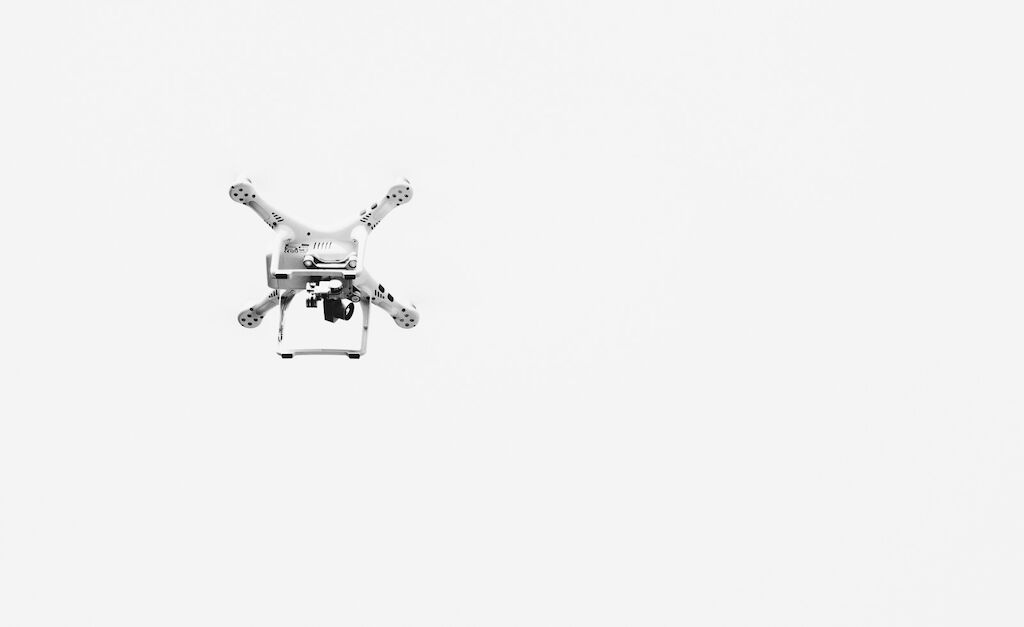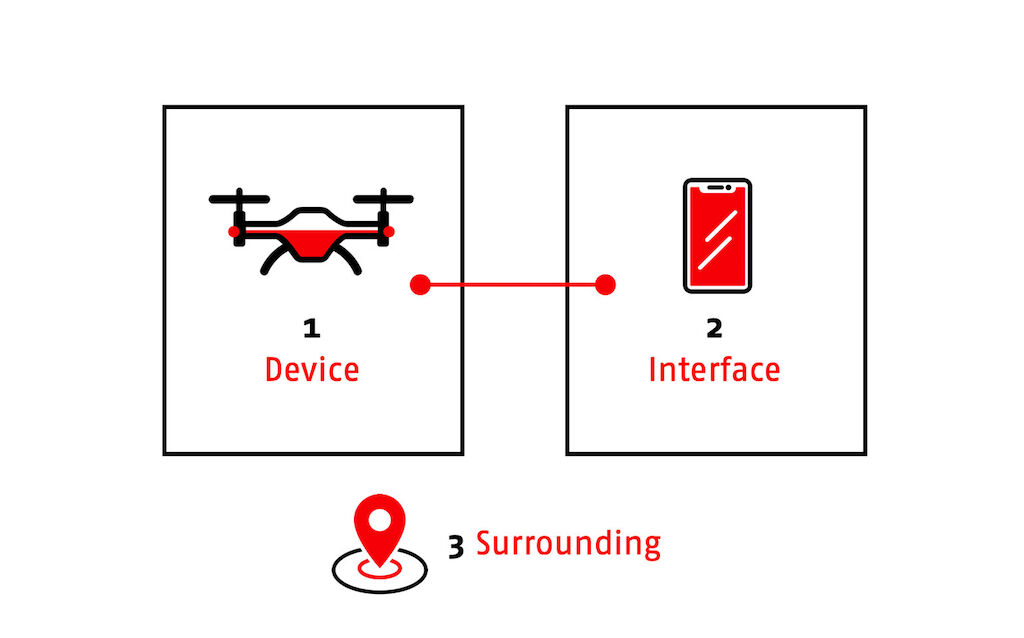Next year, the number of Internet of Things (IoT) devices is expected to surpass 20 bn worldwide. From drones, to vehicles, to smart home appliances – more and more products are connected to the internet. New functionalities and services extend beyond the physical product.
Especially for service brands this yields great opportunity. Since their “products” are not directly visible they will increasingly face the challenge of going unnoticed and unrecognized by the user.
As brand consultants we work on strategic and creative ways to answer this challenge now and in the future. What will be necessary to do an effective branding job in the age of IoT?
Making the invisible visible
There are two choices to start with: One is branding the device hardware itself. Another is to brand individual functionalities or added services the device offers. I am going to consider the latter in the following. Let’s take a connectivity provider, for example, that aims to brand the 5G connectivity they supply for third-party drones.
In this example, IoT branding is a case of ingredient branding. An integrated feature of the product is advertised. And as the drone and its connectivity are products by two different companies, it becomes a case of co-branding as well.
Are stickers the solution?
To be honest, this type of challenge is no novelty. It occurred in the pre-IoT world and has already been solved. Just think about “Intel inside”. A sticker on every computer made the otherwise non-visible chip noticed by consumers. While the method of putting stickers on products is questionable from an aesthetic point of view, it was certainly highly effective.
And yes, putting stickers on stuff still is one viable option for the age of IoT. But it cannot be the only solution for the 20+ bn IoT devices of the future. We need to come up with new, non-physical and far more flexible design solutions.
How do we get there? I would like to point out three steps that have proven helpful to us in the recent past.
Step 1: Decide on what you want to achieve exactly
In the world of IoT, we can apply branding to a number of different areas.

